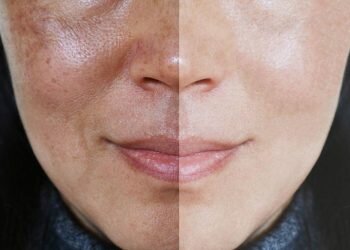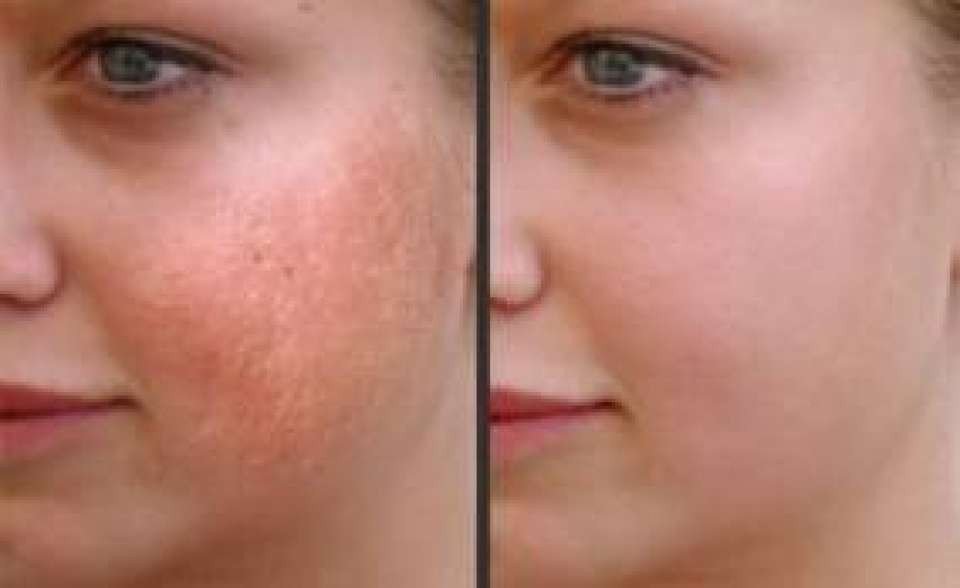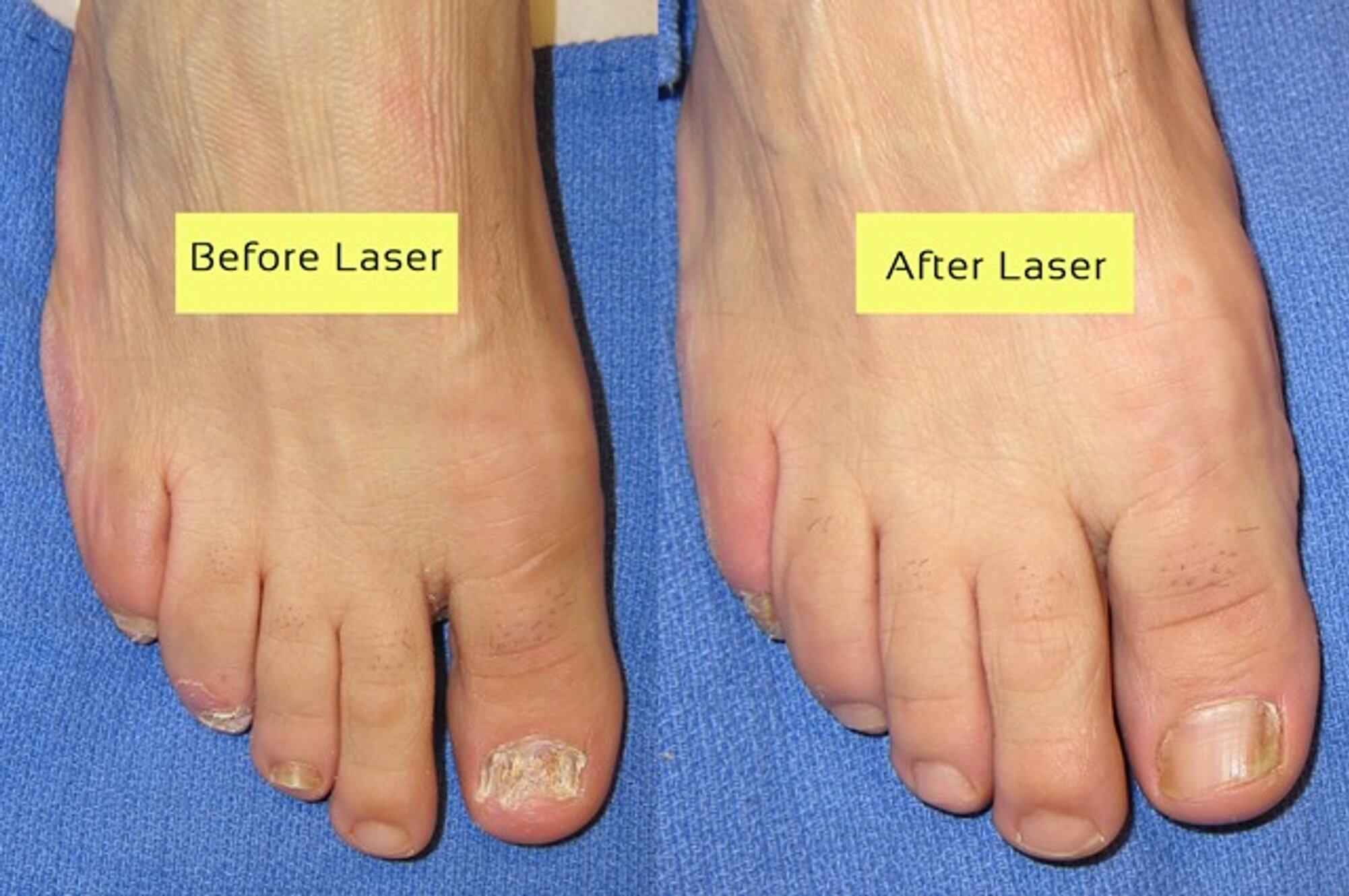 We specialise in skin cancer, photodynamic therapy Dr Sharma Dermotologist & Laser Clinic Thornhill : 7117 Bathurst St. Suite 201
We specialise in skin cancer, photodynamic therapy Dr Sharma Dermotologist & Laser Clinic Thornhill : 7117 Bathurst St. Suite 201call 905-763-2526 Brampton : 2250 Bovaird Drive East, Suite 201
call 905-595-4975 We take the time to learn about each person that we care for and look forward to helping you “Look as Young as You Feel. Our commitment to ongoing professional development ensures that you will receive only the best in professional care.
 We specialise in skin cancer, photodynamic therapy Dr Sharma Dermotologist & Laser Clinic We take the time to learn about each person that we care for and look forward to helping you “Look as Young as You Feel. Our commitment to ongoing professional development ensures that you will receive only the best in professional care. Thornhill : 7117 Bathurst St. Suite 201
We specialise in skin cancer, photodynamic therapy Dr Sharma Dermotologist & Laser Clinic We take the time to learn about each person that we care for and look forward to helping you “Look as Young as You Feel. Our commitment to ongoing professional development ensures that you will receive only the best in professional care. Thornhill : 7117 Bathurst St. Suite 201call 905-763-2526 Brampton : 2250 Bovaird Drive East, Suite 201
call 905-595-4975
 We specialise in skin cancer, photodynamic therapy Dr Sharma Dermotologist & Laser Clinic We take the time to learn about each person that we care for and look forward to helping you “Look as Young as You Feel. Our commitment to ongoing professional development ensures that you will receive only the best in professional care. Thornhill : 7117 Bathurst St. Suite 201
We specialise in skin cancer, photodynamic therapy Dr Sharma Dermotologist & Laser Clinic We take the time to learn about each person that we care for and look forward to helping you “Look as Young as You Feel. Our commitment to ongoing professional development ensures that you will receive only the best in professional care. Thornhill : 7117 Bathurst St. Suite 201call 905-763-2526 Brampton : 2250 Bovaird Drive East, Suite 201
call 905-595-4975
Web77 > Website Game Terbaru Daftar Login Rasa Menang Lebih Mudah
Dr Sharma trained in dermatology from University of Toronto in 2004 followed by one year training in fine surgical techniques and lasers. She is board certified both in Canada and USA and is a member and fellow of many respected societies. Her special interests include Advanced lasers for scarring, rosacea, hair removal, botox and fillers.
At Dr Sharma’s Dermatology & Laser Clinic, we take pride in providing latest, gold standard, cutting edge, laser & minor surgical cosmetic technology for all skin color & most of skin indications by combining many modalities as indicated, leaving you with a clean and clear skin requiring minimal make-up & increase in self-esteem.
Skin Care and Laser Center
We take the time to understand your skin care goals and work with you to customize a skin care program to meet your needs.

Laser Scar Removal
We use most advanced techniques for various kinds of scarring eg Acne Scarring, accidental scars, burn scars. Best results are achieved by combining fractional laser, 1540 nm, Erbium-Yag (2940 nm) and Co2 fractional lasers and V Beam. On average, treatments are well tolerated and 60-80% or more improvement is achieved with 4-6 sessions at an interval of 1-2 months.
Melasma or hyperpigmentation or Black spots
We optimize treatment results by combining medical treatment with topicals containing hydroquinone, kojic acid, azelaic acid, and vitamin C, chemical peeling of various types and strengths based upon skin color and depth of pigmentayion, & in the last few years laser therapy Q Switched Yag & IPL , Fractional erbium & C02 lasers.


Laser Hair Removal
GMax, Cynosure Elite & IPL: At our clinic, by using different wavelengths and lasers eg 1064 nm, 755 nm , & Intense pulse light in some cases, we maximize the results, at the same time minimizing the risk of side effects for all skin types( light colored and dark colored skin).
Laser Photo-Rejuvenation
For many people, looking great is a simple matter of a skin rejuvenation treatment for pigment and vessel clearance to reveal clearer, more attractive skin. We try to achieve optimal results by combining IPL with vascular & Q switched lasers minimizing the number of sessions.


Rosacea
A common benign condition resulting in red face (flush) and small red broken capillaries and veins accompanying it resulting in social embarrasment . There are no creams, Gels or oral medications to treat these vascular issues. We combine V-Beam Pulsed Dye laser( the gold standard itreatment for rosacea) with IPL for superficial blush.
Leg Veins & Nail Fungus Laser
With a combination of sclerotherapy and Nd-Yag long pulse laser, now most of those ugly looking smaller leg veins can be treated easily. Nail fungus is very frustrating common condition, with no satisfactory treatment, but now with laser, you can achieve safe, effective results.


Wart Removal & Age Spots
Warts are caused by Human papilloma virus that can appear anywhere on face, hands, body or feet. Seborrheic keratoses or age spots are small brownish black spots that appear more as we age. By a combination of cryotherapy, other topical treatments and laser technologies, most of these can be treated easily.
Anti-aging Botox and Fillers
Dermatology & Skin care Brampton
Anti-aging treatment: by a combination of botox and fillers, by relaxing muscles of frown, crows lines , forehead, and by filling up lost volume of the cheeks secondary to aging and other depressions a person can easily look about five to eight years younger without any knife.


Mole Removal & Skin Growths
Skin care & Dermatology Thornhill
Sebaceous Hyperplasia, Syringoma, skn tags, papillomas, keloids, Liopmas, Cysts, Dermatofibromas, Nevi (Moles), Becker’s Nevus, Sebaceous Nevus, Epidermal Nevus: We treat all of them with great satisfaction. Kindly contact us at 905-763-2526(Thornhill) or 905-595-4975(Brampton) us for more information.
Zeltiq Coolsculpting
Coolsculpting the first non-invasive fat removal technique, developed by harvard university scientists, that actually works- featured on dr oz show multiple times. It works best on small localized bumps or collections of fat, not on people with very large deposits of fat.

Our Services
Testimonial
My daughter had the worst acne in the world on her face and back with all black dots on marks. She did two peels and some tablets, and she is improved more than i ever expected. Now my beautiful girl is back to her confident self. I would highly recommend her to anyone looking for acne and scarring treatment.
I had warts on all my fingers for more than ten years. I am a senior executive and always felt low cause of my hands. I didnt want to touch anybody or shake hands.. i had been to many places, gone thro so much pain with zero results. after having just three treatments with laser with her, warts have almost gone from six out of eight fingers. now i send all my family members and friends only to this clinic.
"I'm ecstatic with the outcome of her art truly spectacular! Literally her's a perfectionist! I wouldn't hesitate to recommend her to family, friends or a total stranger. A very helpful and knowledgeable doctor she is always on time and her manner is first class."
 We specialise in skin cancer, photodynamic therapy Dr Sharma Dermotologist & Laser Clinic Thornhill : 7117 Bathurst St. Suite 201
We specialise in skin cancer, photodynamic therapy Dr Sharma Dermotologist & Laser Clinic Thornhill : 7117 Bathurst St. Suite 201call 905-763-2526 Brampton : 2250 Bovaird Drive East, Suite 201
call 905-595-4975 We take the time to learn about each person that we care for and look forward to helping you “Look as Young as You Feel. Our commitment to ongoing professional development ensures that you will receive only the best in professional care.
 We specialise in skin cancer, photodynamic therapy Dr Sharma Dermotologist & Laser Clinic We take the time to learn about each person that we care for and look forward to helping you “Look as Young as You Feel. Our commitment to ongoing professional development ensures that you will receive only the best in professional care. Thornhill : 7117 Bathurst St. Suite 201
We specialise in skin cancer, photodynamic therapy Dr Sharma Dermotologist & Laser Clinic We take the time to learn about each person that we care for and look forward to helping you “Look as Young as You Feel. Our commitment to ongoing professional development ensures that you will receive only the best in professional care. Thornhill : 7117 Bathurst St. Suite 201call 905-763-2526 Brampton : 2250 Bovaird Drive East, Suite 201
call 905-595-4975
 We specialise in skin cancer, photodynamic therapy Dr Sharma Dermotologist & Laser Clinic We take the time to learn about each person that we care for and look forward to helping you “Look as Young as You Feel. Our commitment to ongoing professional development ensures that you will receive only the best in professional care. Thornhill : 7117 Bathurst St. Suite 201
We specialise in skin cancer, photodynamic therapy Dr Sharma Dermotologist & Laser Clinic We take the time to learn about each person that we care for and look forward to helping you “Look as Young as You Feel. Our commitment to ongoing professional development ensures that you will receive only the best in professional care. Thornhill : 7117 Bathurst St. Suite 201call 905-763-2526 Brampton : 2250 Bovaird Drive East, Suite 201
call 905-595-4975



